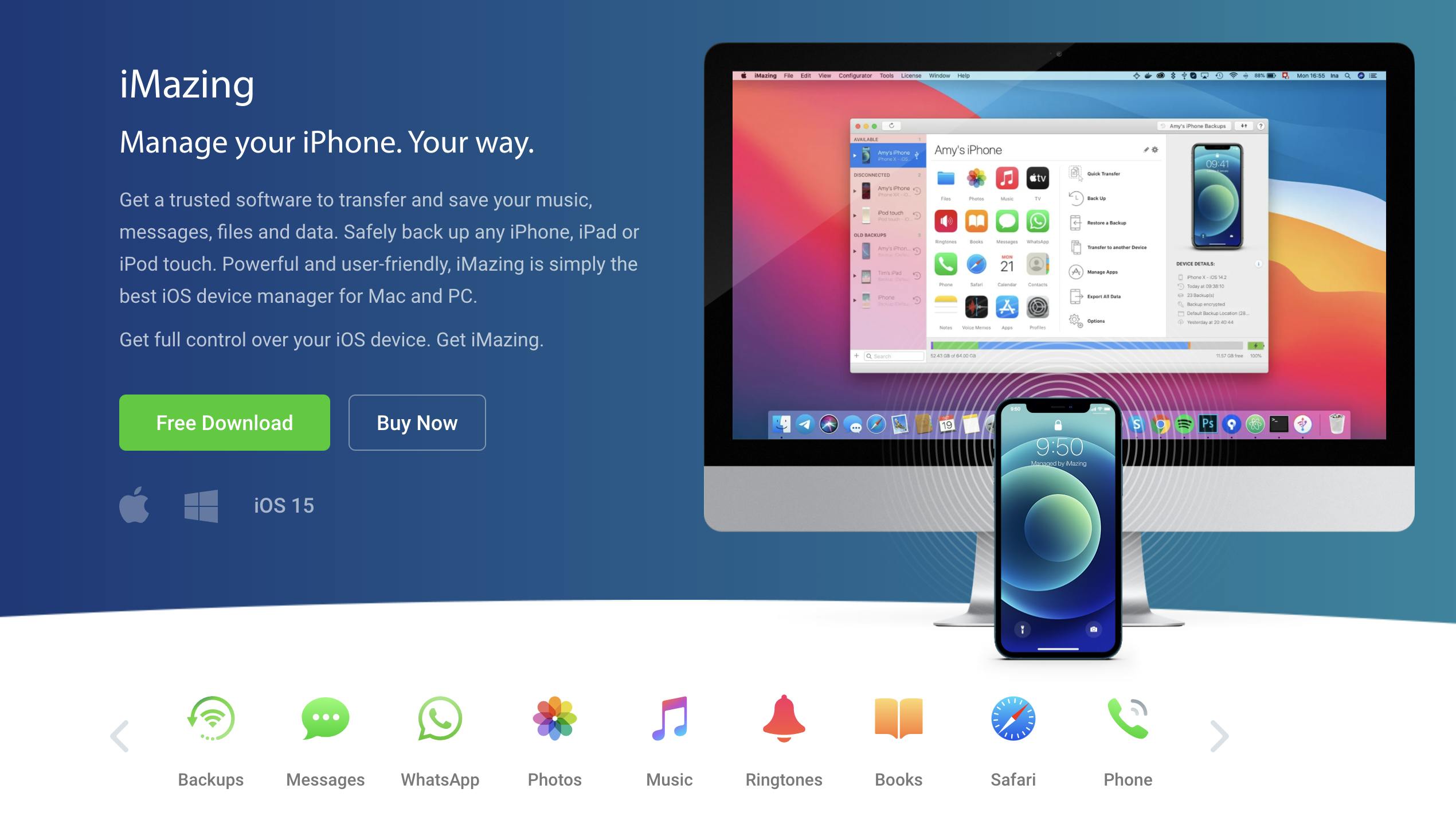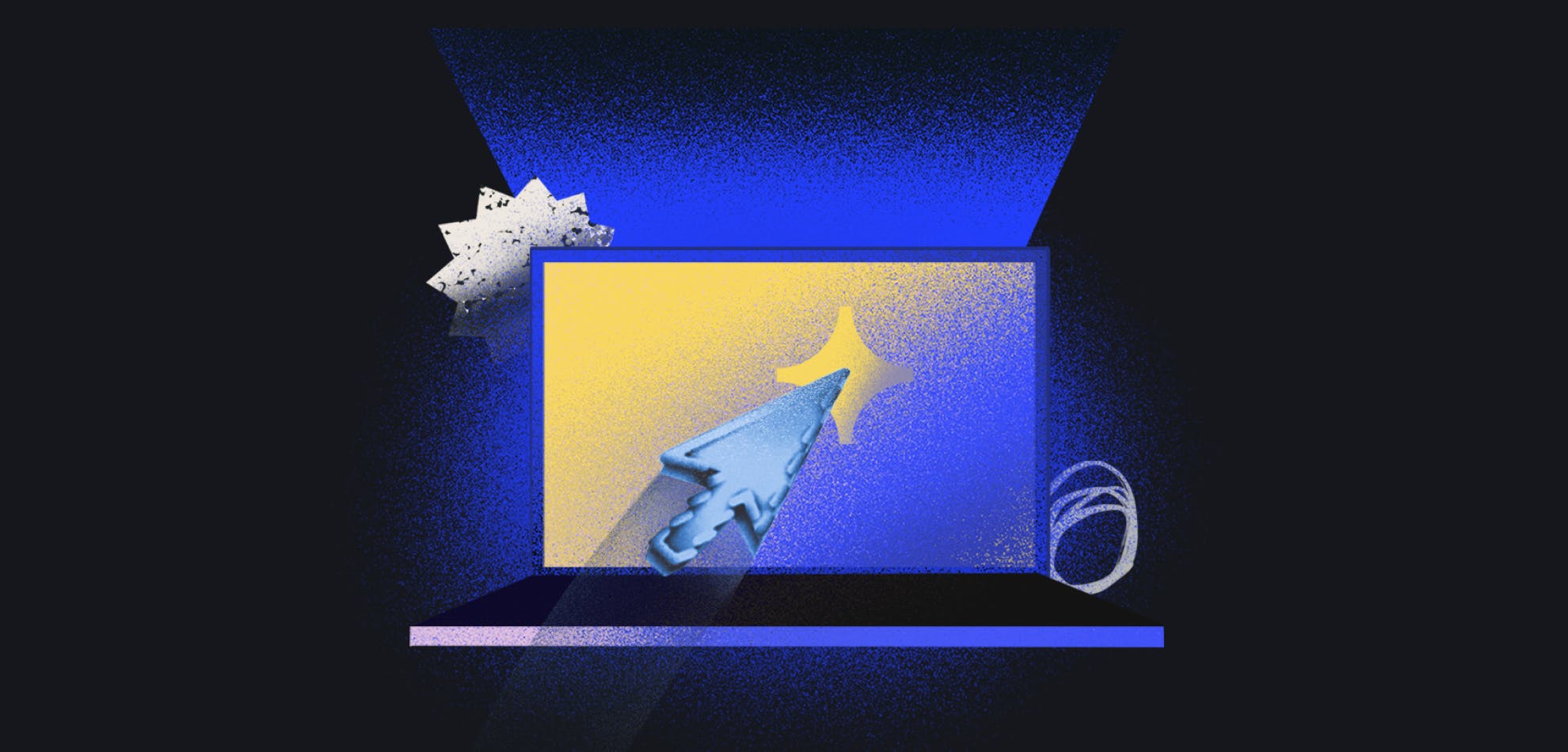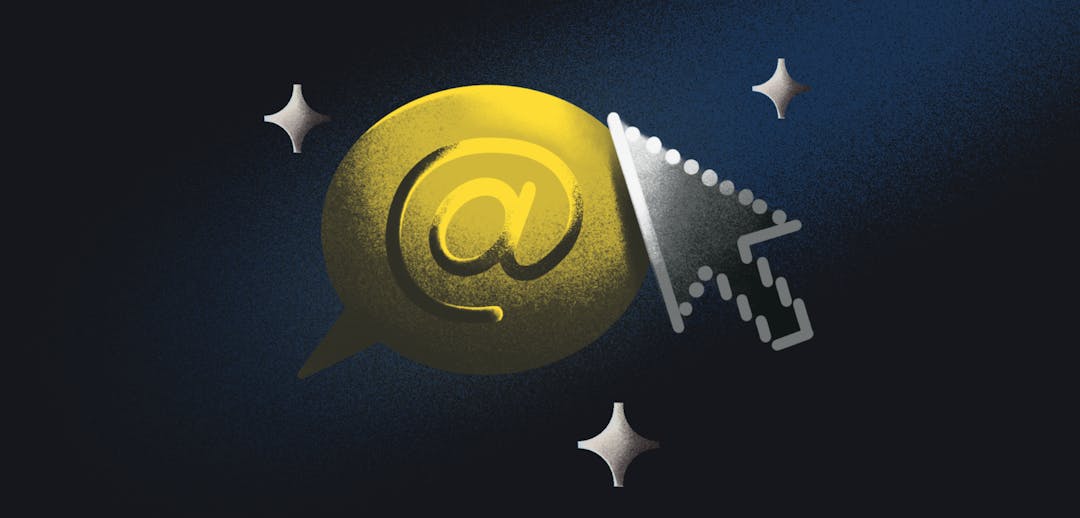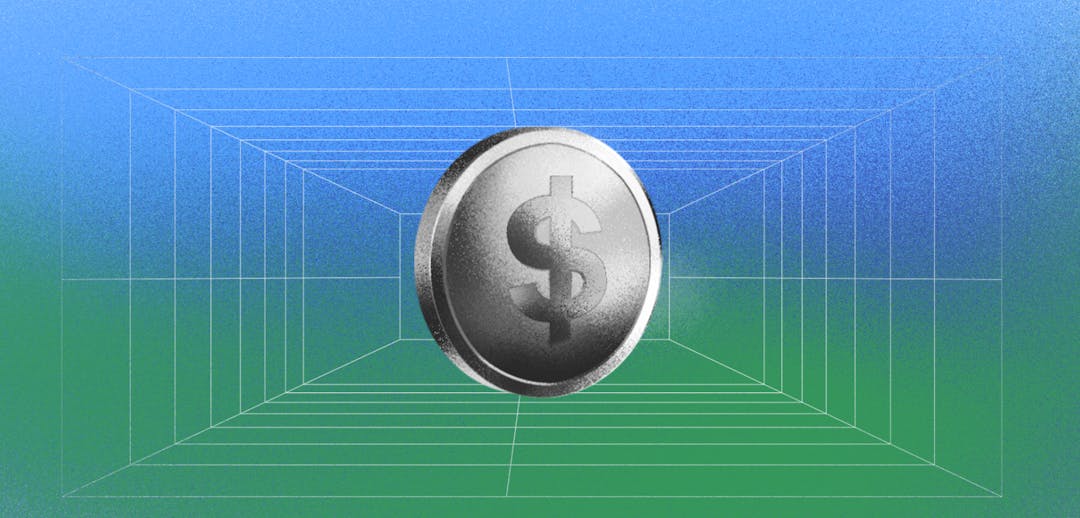A freemium model is a quick way to boost your revenue. We’re talking about an average of 8%-10% conversion rate for SaaS, compared to a 1%-2% average for eCommerce.
But what makes it a winning pricing model for SaaS businesses?
In this article, we talk you through what makes the freemium strategy so popular, as well as the tactics and key metrics that will help guide you toward a successful freemium model for your business.
What is freemium?
Freemium is a pricing strategy where businesses offer a free version for the basic product or service features and then charge for additional features. The freemium business model is used as a customer acquisition strategy, encouraging customers to upgrade to premium features.
The freemium model has largely replaced the free trial or demo model, especially in product-led businesses . A freemium tier gives users access to a feature or a limited version of the product indefinitely. Still, the customer will need to upgrade and pay a subscription fee to go beyond the restrictions.
One example is imazing.com. Their freemium product has a range of features for which users soon hit limits, encouraging them to upgrade to the paid version. This saw a huge increase in their checkout conversion rate.

What’s the difference between freemium and free trials?
Some products can take a bit of time to show their true value. A five-day free trial won’t always allow enough time for your product to shine, for your potential customers to use the product to its full (freemium) potential, or for them to gather accurate data as to whether it’s the product for them.
Freemium has no time limit, which means your users means can come back and use your product time and time again with zero pressure or countdown — in its restricted form — in their own time. This comes across as less of a sales tactic and more of a generous offering. A great look for you, and a great way for them to keep returning to your product.
Look at Spotify as an example. Signing up for the free account seemed like the obvious choice for customers initially — music for free, how could we not?
The more we love and use the free service, the more we experience the limitations of the freemium version: Ad breaks. The same ads, over and over. No music without the internet signal (not ideal for urban commuting). Ads. Next: we’re handing over $9.99 a month indefinitely, no questions asked.
6 benefits of a freemium model for SaaS businesses
Here are six key advantages of the freemium strategy for SaaS companies:
1) Effective customer acquisition
As mentioned, the freemium model is an effective way to acquire new customers. Everyone loves a good discount (just look at the popularity of volume discounting), but a completely free product to use for an unlimited amount of time? That’s almost irresistible.
It’s a bonus point over any competitors that aren’t offering a free plan, and will help you attract a larger user base to nurture into paying customers.
Then comes your next mission: building your perceived value to boost that freemium-to-paid conversion rate. 💰
2) Aiding product-led business growth
There's no better way to prove the value of your offering than to give some of it away for free, letting prospective customers experience it firsthand and on their terms. That’s exactly what product-led growth is about — letting your product do the talking.
With no need for explanations over the phone or demo run-throughs, this can free up your commercial resources to focus on converting the big opportunities or nurturing customers to upgrade.
By creating a pipeline of active users that can be converted into paying users, PLG businesses can grow faster and more efficiently. What’s more, these companies perform better than their peers post-IPO as a result of this fast expansion.
3) Easier customer conversions
Whichever way you segment your price plan to include freemium, you want to clearly signpost the features (and the benefits) that your customers and their business are missing out on if they aren’t paying for the full version.
This helps create a great incentive for your free users to upgrade, and an easy conversion for you once you’ve identified the hot leads that just keep coming back for more.
A freemium model also gives you access to a continuous stream of user data and feedback to understand what’s working and where to improve the product, your positioning, or pricing strategy to keep and convert users.
4) Higher retention rates
A "try before you buy" situation allows new users to get a handle on your product functionalities and make a fully informed decision to upgrade or pay for something.
This style of product-led growth will positively impact your SaaS churn rate and therefore, both your customer and revenue retention rate.
Think about it as a step-by-step process:
- Signing up: Your customers start using your product as strangers or beginners.
- Scoping it out: They continue to return to make the most of their freemium account, becoming regulars.
- Seeing value: By fulfilling your promises and proving your product value, these customers will champion it and be more willing to pay for premium services.
- Shouting about it: With the freemium model coming across as a great deal, your freemium and newly converted premium users will be more likely to promote it too.
5) Enhanced customer experience
Offering this kind of user experience without human support does require solid onboarding and UX throughout the site, but it takes the pressure out of the sale. Not only does a freemium model allow the prospective customer to take the time to make a more informed decision about whether it’s the right product for them, but it takes some pressure off your team too.
6) More cost-effective
Customers using the freemium version wouldn’t expect the same level of service, support, or commitment from your team as those on a premium version of your product. It’s on them to discover your product themselves, and that cuts down on costs and time taken away from your developers or support team. That’s not to say there isn’t value in helping them fully understand how to use the product, but you can do so fairly cheaply and at scale through email flows and other onboarding communication tactics.
Are you sold on the benefits and ready to start planning your freemium pricing solution? Once it’s up and running, check out the metrics to track to see if it’s working for you.
Freemium FAQs
Why does the freemium model work?
The freemium pricing model is an appealing business strategy as it helps businesses increase customer lifetime value at a relatively low customer acquisition cost. Freemium monetization strategy allows startups and small businesses to showcase their products to the target customers without spending a ton of resources.
What is a freemium app?
A freemium iOS/Android app is one that users don’t have to pay to download from the app store and use basic features. However, they are offered in-app purchases to access advanced features or use the app ad-free.
What is an example of a freemium pricing strategy?
Some of the most successful examples of a freemium pricing model include Dropbox, Evernote, LinkedIn, Flickr, Skype, and many others. These brands have relied on the freemium strategy to build a loyal customer base and let word-of-mouth spread the news of their product’s benefits.





